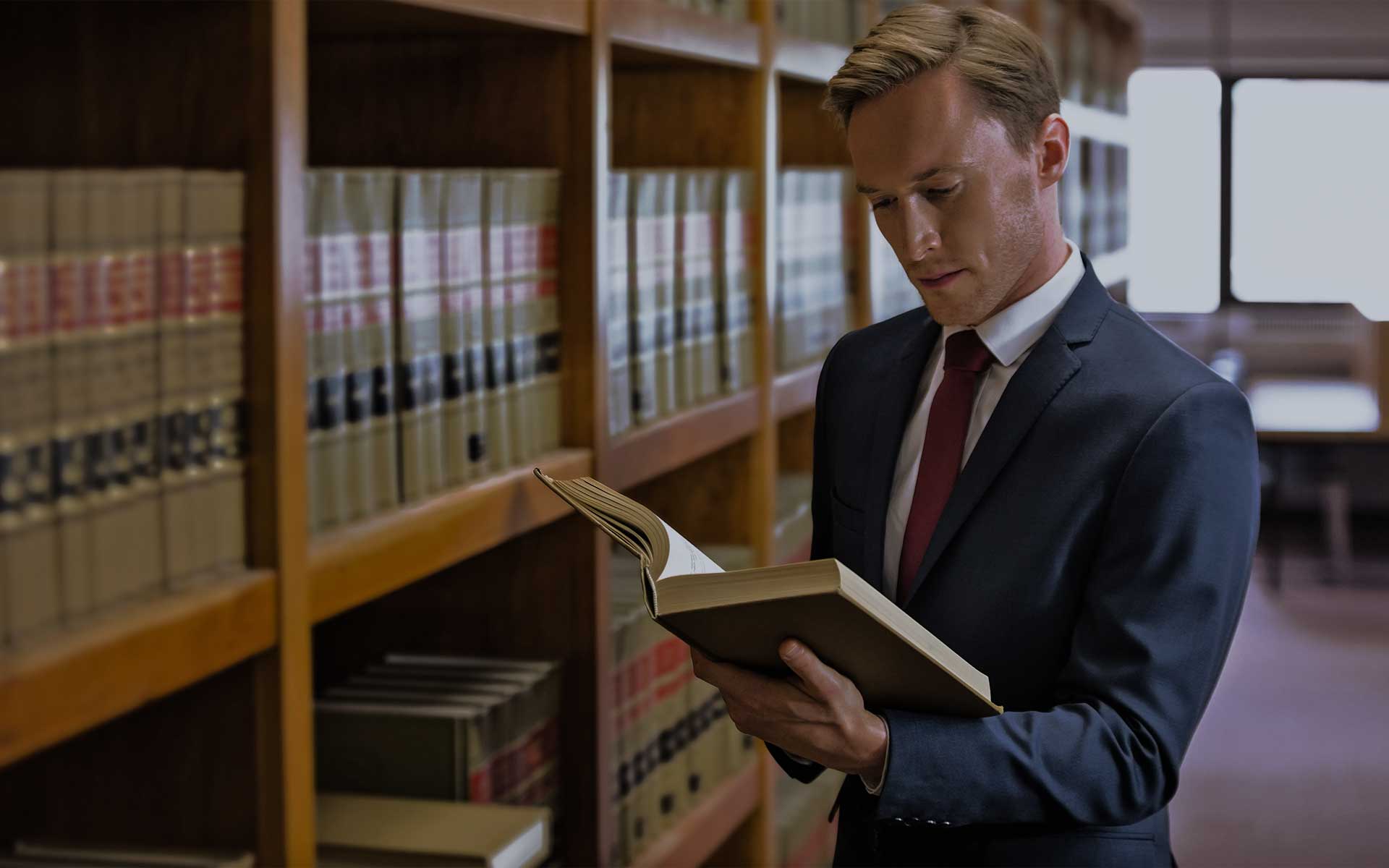Five Years Later, the U.S. Patent System is Still Turning Gold to Lead

Five years after the last of the four decisions in patent eligibility doctrine by the Supreme Court—creating what is now referred to as the Alice-Mayo framework—the impact of this upheaval in the patent system has become even more clear. Ongoing court decisions and new data confirm that the Alice-Mayo framework has wrought an unsettling revolution and sowed uncertainty in what former U.S. Patent and Trademark Office (USPTO) Director David Kappos has referred to as the “the greatest innovation engine the world has ever known.” As policy debates on subject matter eligibility ramped up this past year, it is time to return back to the original dataset created by Robert Sachs and David Kappos that we presented in Turning Gold to Lead and provide an update.
The Continuing Legal and Policy Quagmire in Patent Eligibility Doctrine
Under the Alice-Mayo framework, courts continue to invalidate patents securing the fruits of inventive labors in medical diagnostic tests, medical treatment methods, medical devices, and in high-tech inventions. They continue to invalidate these patents without rhyme or reason. Contrary to long-settled rules on how to interpret patents, courts are disintegrating claims into their individual elements, focusing on only a single unpatentable element comprising a law of nature or abstract idea, finding easily no inventive step in this individual element, and concluding that the invention as a whole is ineligible for patent protection.
This pattern of decision-making is exhibited in so many court decisions, it’s impossible to detail them all. In Athena Diagnostics v. Mayo Collaborative Services (Fed. Cir. Feb. 6, 2019), for example, the Federal Circuit invalidated another innovative diagnostic medical treatment patent. On July 3, 2019, the Federal Circuit denied the en banc petition in Athena Diagnostics in a highly fractured decision with four dissenting opinions and another four separate concurrences. The recently filed cert petition by Athena Diagnostics is supported by several amici, including Chief Judge Paul Michel (ret.), and the case is now set to go to conference on January 10. This is just one illustrative example. As reported at the Senate hearings last June on the need for reform of patent eligibility doctrine, diagnostics, medical devices, and other cutting-edge innovations in healthcare are suffering greatly under the Alice-Mayo framework.
But the patent ineligibility contagion is spreading beyond just medical treatments, drugs, and high-tech innovations. Courts have invalidated patents covering methods of using garage door openers and operating oil derricks as allegedly claiming abstract ideas or laws or nature. The most recent example is American Axle v. NEAPCO. In this case, the Federal Circuit affirmed a district court’s invalidation of a patent on a method of making an axle in an automobile engine as ineligible subject matter because it claimed an application of the laws of thermodynamics. Of course, everything is an application of the laws of physics! In her scathing dissent, Judge Kimberly Moore lambasted the “validity goulash” in patent eligibility doctrine under the Alice-Mayo framework and lamented “result-oriented judicial action.” Classic inventions from the industrial age are now falling victim to the Alice-Mayo framework’s invalidation contagion, confirming that this is not merely a problem for the sectors of the economy producing next-generation innovations.
A recent report on court decisions applying the Alice-Mayo framework compiled by Robert Sachs shows that court decisions under Section 101 jumped 730% after 2014 with a 659% increase in the number of litigated patents. This is in stark contrast to the longstanding, historical role of Section 101 as only a minimal “threshold test” (in the Supreme Court’s own words in Bilski v. Kappos). Among these massive numbers of decisions, hope springs eternal for consistency and predictability, but hardnosed realists can easily point out that anyone skeptical that the courts will fix this doctrinal mess have the data firmly on their side.
Additional studies are confirming the discouraging state of U.S. innovation. In World Intellectual Property Indicators 2019, the World Intellectual Property Organization identifies a 1.6% drop in U.S. patent filings in 2018—the first decline since 2009. This decline stands in sharp contrast to patent filing activities in China and in Europe, which saw 11.6% and 4.7% growth in 2018, respectively. The European Patent Office (EPO) also granted 20% more patent applications in 2018 than it did the previous year. These numbers signal an alarming overseas shift in patent activity, and it’s a shift that does not portend well for the future of U.S. innovation.
Updated Data Confirms Legal and Policy Problems with Alice-Mayo Framework
In our article published two years ago, we reported on the Sachs-Kappos dataset of 17,743 patent applications that had been filed in the United States, China, and Europe. As we detail in the article, the dataset identifies 1,694 patent applications among these 17,743 applications that received initial or final Section 101 rejections and were ultimately abandoned in the United States, only to be granted patents by the EPO, China, or both.
Given that patent prosecution is an ongoing activity, Sachs continued to monitor the status of applications in the original dataset, and in September 2019 provided us with a revised dataset in which he revisited the data to examine the applications in more detail. As expected, Sachs found that a number of the applications now have issued U.S. family members, and some that were abandoned have had the abandonments withdrawn and now are either pending or have been issued as patents. Moreover, some of the rejections were withdrawn prior to abandonment.
The revised dataset further corrected for false positives of applications that were rejected under Section 101 but for reasons other than the judicially created Alice-Mayo framework in assessing the patent eligibility of an invention or discovery. The revised dataset confirms that 1,310 applications were abandoned following rejections under the Alice-Mayo framework for lack of patent eligible subject matter, and yet had issued patent family members in either China or Europe. Even accounting for the correction (1,310 versus the originally reported 1,694), the number of patent applications that fell victim to the Alice-Mayo framework, while being granted in foreign jurisdictions, still remains significant. It calls into question the “gold standard” status of the U.S. patent system as a driver of next-stage innovation. We expect that updated data that evaluates abandonment in the years since 2017 will certainly find even more.
This examination of the applications also involved recoding the dataset and running keyword searches that allowed for categorization based on a number of variables, including type of Section 101 office rejection and technology field. This exercise provided an opportunity not only to more precisely report the numbers, but to assess the categories of technologies most affected by the Alice-Mayo framework. While the results offer a variety of insights into the impact of the judicial exceptions, two stand out as particularly revealing of the legal and policy problems stemming from the application of the Alice-Mayo framework.
The first telling data point is that a significant number of the technologies that are being abandoned in the United States—and at the same time being issued as patents by the European Patent Office (EPO), China, or both—cover innovations in medical treatments and the life sciences. This conclusion was reached via searching abstracts of the rejected and abandoned applications for instances of over 300 keywords and terms. The keywords were drawn from the Center for Disease Control’s 2017 report on endemic diseases and leading causes of death, including terms like heart failure, cancer, Alzheimer’s, diabetes, stroke, coronary, and others. The results show that 618 of the 1,310 applications were directed to various aspects of diagnosis or treatment of the diseases related to these keywords—thus 47% of abandoned applications include many potential breakthroughs in the identification and treatment of the most prevalent and devastating illnesses on earth.
A more granular analysis of the 618 healthcare-related technologies showed cancer treatments to be the most prominent category of abandoned or rejected applications, making up 150 (or about 24%) of the total. These innovations targeted a wide range of cancers, including carcinoma, leukemia, lymphoma, mesothelioma, and melanoma. Research and innovation aimed at combating and ultimately putting an end to these deadly cancers continues to be the focus of initiatives such as the National Cancer Institute’s Cancer Breakthroughs 2020 (formerly Cancer Moonshot 2020), and yet the US patent system is rejecting applications directed to technologies that just might be at the forefront of the next great medical breakthrough.
After cancer-related applications came healthcare and information technology applications (103, 17%) and personalized medicine at 64 (10%). These two categories covered a variety of diagnostic and treatment methods aimed at a range of illnesses, including new innovations in diagnostic imaging and gene sequencing. Rounding out the results were a number of categories including, cardiovascular disease, infectious disease, gastrointestinal disorders, gene therapies, endocrine disorders, autoimmune diseases, and neurological disorders.
The second important finding is a glaring overlap in legal grounds of rejection in the 1,310 applications that confirms the oft-repeated point that the Alice-Mayo framework conflates different legal and policy requirements. Coding for different types of rejections in Sections 101, 102, 103 and 112 confirmed that the “inventive step” inquiry in step two of the Alice-Mayo framework blends the nonobviousness inquiry under Section 103 with the patent eligibility inquiry under Section 101. The largest single overlap in legal grounds for rejection was between Sections 101 and 103, with 379 (29%) of the total 1,310 applications. If the rejection(s) combined Sections 101, 103 and 112, the percentage jumps to over 50%, confirming that nonobviousness and overbreadth are being conflated with patent eligibility in significant numbers.
These new insights into the data suggest that healthcare-related technologies are bearing the brunt of the invalidation contagion wrought by the Alice-Mayo framework, and that innovations to diagnose or cure diseases are being abandoned in the United States. Additionally, the overlap of Sections 101 and 103 rejections confirms the oft-heard criticism that the test conflates importantly different legal and policy concerns in the patentability requirements.
Reform of Section 101 is Vital to the Future of U.S. Innovation and Healthcare
Clearly the impact of Section 101 confusion will not be felt for a very long time, as it affects investment decisions made in long time-horizon R&D programs in the high-tech and biopharmaceutical industries. These R&D programs are measured in decades. For instance, the Washington Post recently reported on the creation of a new breakthrough treatment for cystic fibrosis that converts a life-threatening disease into just another manageable medical condition. This new treatment was the product of 30 years of scientific and technological research. Without the promise of reliable and effective patent rights, firms will not pursue the hundreds of millions of dollars in R&D that produces life-saving diagnoses and treatments for diseases that were once death sentences for tens of thousands of children and adults.
The Value of Continuing Empirical Studies
Understanding the impact of the Alice-Mayo framework requires continuing empirical analyses of the data available. This includes making the data accessible and ensuring that mistakes are identified and corrected. Too often, privately held and unverified statistical data is used to support policy narratives and influence policymaking. The long-discredited statistical claims and heavy-handed rhetoric that created the “patent troll” narrative are an example of this phenomenon. Unfortunately, the “stickiness” of the troll narrative remains, as confirmed in the Senate hearings on Section 101 reform last June, as well as in reports and policy pieces.
In order to ensure that policy debates are not hijacked by rhetoric based on unsubstantiated claims and secret data, all scholars should ensure that their data is accessible, their analysis is understandable, and the means by which they draw their conclusions in both content and method is independently verifiable. We wish to express our profound appreciation to David Kappos and Robert Sachs for sharing their dataset with us and for their enduring willingness to contribute their time and expertise to this ongoing study.


